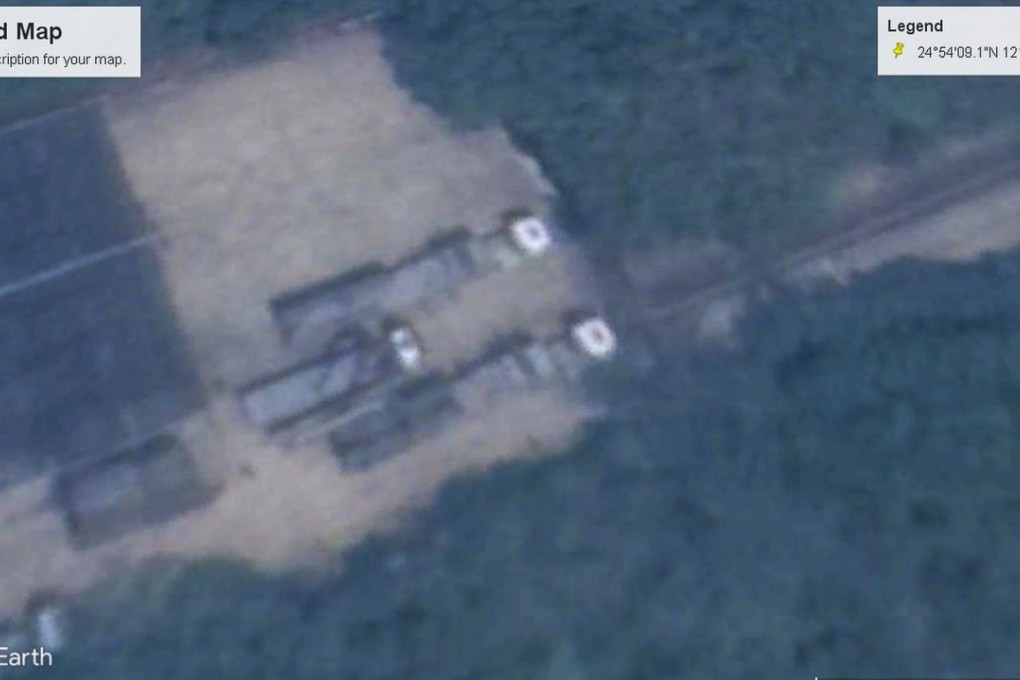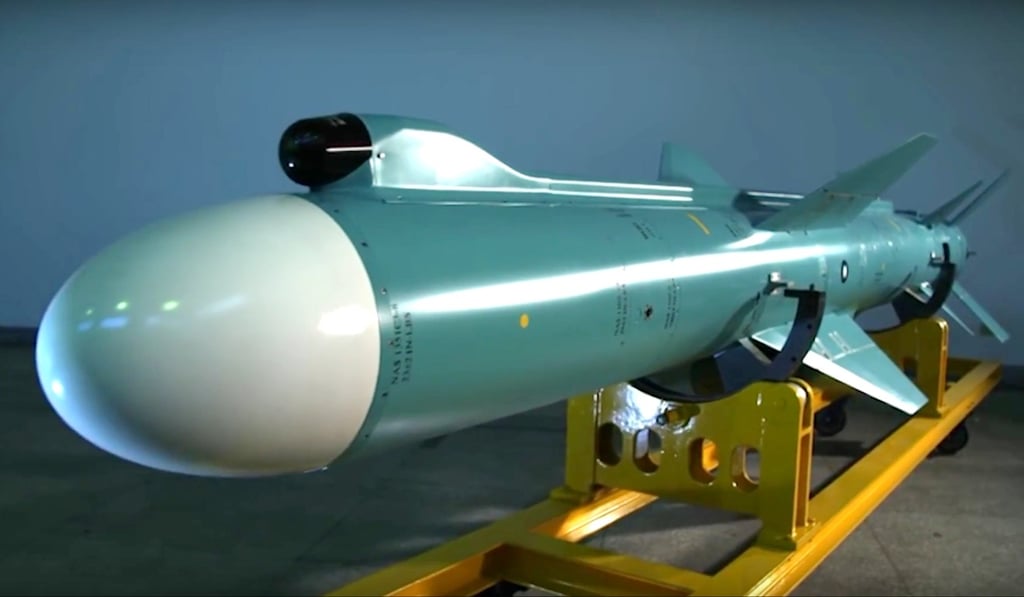Taiwan reveals deterrent to China as satellite images show missile capable of targeting mainland
Land-attack cruise missile would be capable of targeting Hong Kong and other coastal cities – but China has the defence systems to intercept it

Satellite images suggest Taiwan has positioned an advanced land-attack cruise missile capable of targeting Hong Kong and other targets along the southeast coast of China’s mainland, as a deterrent amid rising tensions, experts have claimed.
The Canada-based Kanwa Defense Review has posted on its Facebook page satellite images taken in March that it said showed Taiwan’s home-produced Hsiung Feng IIE land-attack cruise missile had been sent to a base in Taoyuan city, about 50km west of Taipei. That would place it 250km from Fuzhou, the capital city of Fujian province on the mainland.
“The deployment started in March, which means the Taiwanese military is able to carry out in-depth strategic strikes against [the mainland],” said Andrei Chang, the monthly magazine’s editor-in-chief.
Chang said the cruise missile, with a mid-range strike distance of between 1,000 and 1,500km, would be capable of making precision strikes targeting key cities such as Hong Kong and Shanghai and provinces such as Guangdong and Zhejiang, if armed conflict were to flare up between the mainland and Taiwan.

“Based on its range, all nuclear power plant reactors, state strategic oil reserve facilities near Zhoushan [in eastern China’s Zhejiang province], and the Beijing-Kowloon Railway and other high-speed railways and tunnels would be targeted,” Chang said.